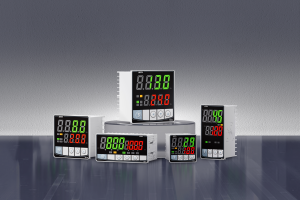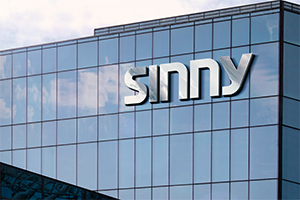How to Set Up an Inkbird Temperature Controller: A Comprehensive Guide
Learn how to set up your Inkbird temperature controller with our step-by-step guide. Ensure accurate temperature control for brewing, gardening, and more. Follow our expert tips for optimal performance.
1. Introduction
The Inkbird temperature controller is an adaptable device used in diverse settings ranging from homebrewing to aquarium management, with proper setup crucial for accurate temperature regulation and optimal performance. This guide will walk through each step to set up your Inkbird thermostat effectively.
2. Unboxing and Initial Setup
Once your Inkbird temperature controller arrives, its initial setup requires you to unbox and inspect its contents. A typical package typically consists of the temperature controller unit itself as well as temperature sensors and user manuals; make sure all these are present and in working condition before setting it up further.
Connect Your Temperature Controller: Connect the temperature controller to an electrical source; its display should illuminate, signaling that its operation.
Securing Your Sensor: Secure the temperature sensor into its designated port on the controller for monitoring purposes in any specific environment. Its function will include tracking temperatures across a spectrum.
Setting Your Desired Temperature
In order to set the ideal temperature, follow these steps.
Access the Menu: Press and hold the SET button until it displays "Target Setpoint")
Adjust Temperatures: Use the up/down arrows to set desired temperatures - for fermentation use this might mean setting it at 68degF (20degC). 3. Upon reaching target setpoint press the Set Button again
Save Your Settings: Pressing the SET button again will save your settings, and return to showing current temperature reading.
3. Adjusting Heating and Cooling Differentials
Heating and cooling differentials are key in creating an equilibrium temperature environment. Their settings determine how far a fluctuation may go before activating heating or cooling from your controller.
Heating Differential (HD): To set an HD differential, open up your menu and navigate to "HD." Choose an acceptable differential such as 2degF (1degC); this way your heater will activate whenever temperature falls 2degF below target temperature.
Cooling Differential (CD): To set your cooling differential, navigate to "CD". A setting of 2degF means the cooler will activate if temperatures rise beyond your target by that amount.
Establish Alarm and Compressor Delay Setting alarms and compressor delay settings helps protect equipment while increasing safety.
Set Alarm High (AH) and Low Alarm Limits (AL) to notify of temperatures exceeding safe parameters - such as setting both alarm high (AH) and alarm low alarm limits to 75degF and 60degF respectively.
Compressor Delay (PT): For optimal compressor operation, set this setting to prevent short cycling of your compressor. Navigating to "PT", set a delay time such as 3 minutes so the compressor has time for rest before restarting itself.
4. Calibration and Additional Settings
Calibration ensures your temperature readings are precise; should there be discrepancies, calibrate your sensor.
Calibration (CA): Access the Menu and locate "CA". Adjust its Value until its matched with that of an accurate thermometer
Additional Settings (CF and d): To explore other settings such as Celsius/Fahrenheit switch or differential settings respectively, explore further within your device menu settings.
5. Initial Checks and Troubleshooting
Prior to using your controller, conduct final tests:
Verify Settings: Confirm all settings are accurate.
Test The System: Conduct a trial run to make sure the controller activates heating or cooling as expected.
Tackling Issues: For common issues and solutions, referring to your user manual is recommended. For instance, if the display indicates an error code is present then use this manual for troubleshooting steps.
Setting up an Inkbird temperature controller is easy if you follow these steps. Achieving accurate temperature regulation is key for applications like brewing, gardening and aquarium management - regular maintenance and calibration will keep it performing at its optimal capacity.
- How to Control Temperature Using a PID Controller: A Detailed Guide
- Resetting a Temperature Controller























